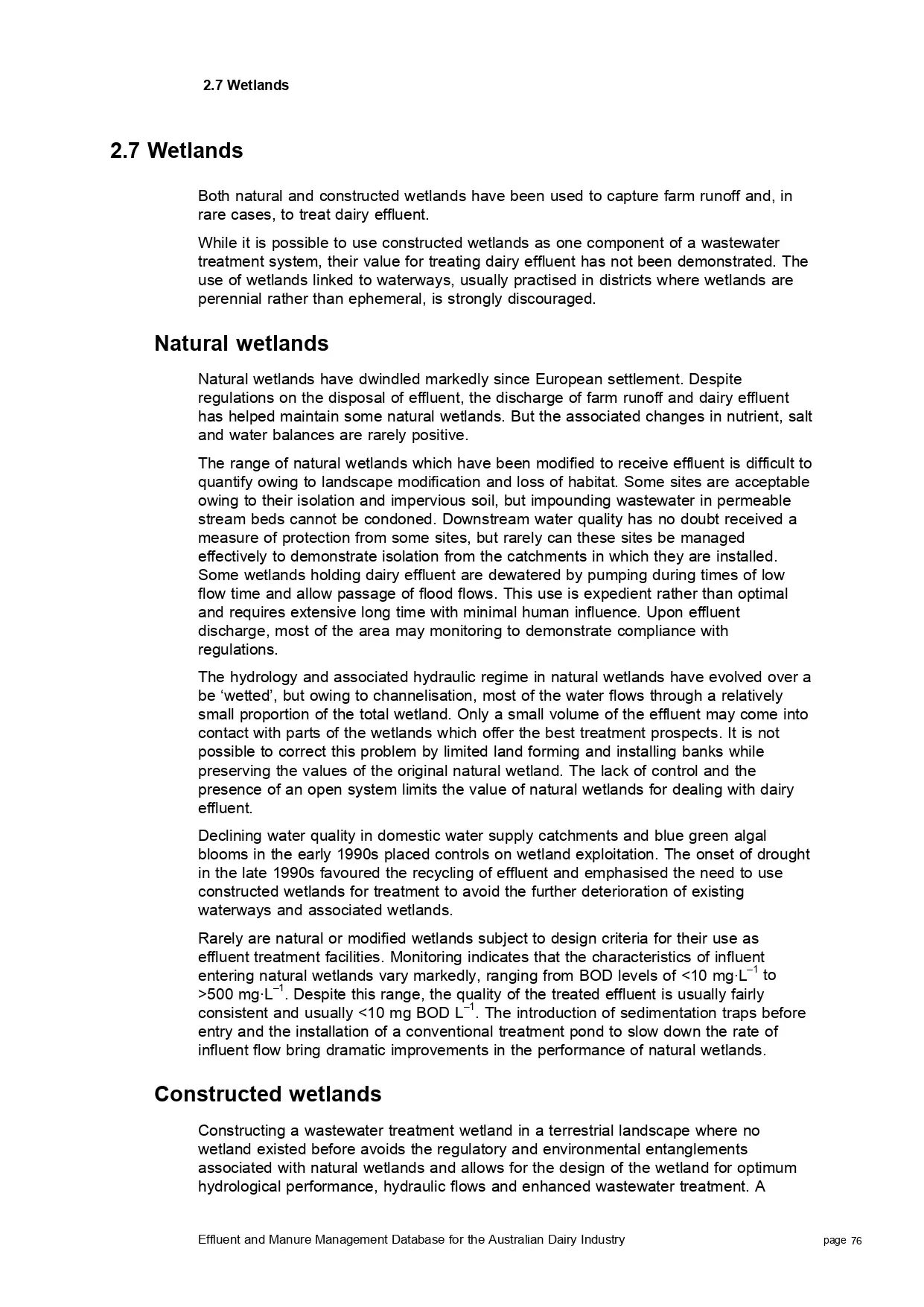Best Practices Guide Water Circularity for Controlled Environment Agriculture (CEA) Operations
Purpose
The rapidly emerging societal understanding of the finiteness of clean water and the detrimental consequences of pollution are among the greatest challenges the CEA industry faces, requiring a systems approach of conservation practices and reuse technology.
Best Practices Guide Water Circularity for Controlled Environment Agriculture (CEA) Operations
Purpose
The rapidly emerging societal understanding of the finiteness of clean water and the detrimental consequences of pollution are among the greatest challenges the CEA industry faces, requiring a systems approach of conservation practices and reuse technology.
Designing Urban Agriculture
DESIGNING URBAN AGRICULTURE is about the intersection of ecology, design and community. It is a dialogue on the ways to invite food back into the city and forge a path towards creating healthier communities and a healthier environment.
Designing Urban Agriculture
DESIGNING URBAN AGRICULTURE is about the intersection of ecology, design and community. It is a dialogue on the ways to invite food back into the city and forge a path towards creating healthier communities and a healthier environment.
Document On Automatic Irrigation & Climate Control Systems With Understanding Of Designs
INTRODUCTION An automated irrigation system refers to the operation of the system with no or just a minimum of manual intervention beside the surveillance. Almost every system (drip, sprinkler, surface) can be automated with help of timers, sensors or computers or mechanical appliances.
Document On Automatic Irrigation & Climate Control Systems With Understanding Of Designs
INTRODUCTION An automated irrigation system refers to the operation of the system with no or just a minimum of manual intervention beside the surveillance. Almost every system (drip, sprinkler, surface) can be automated with help of timers, sensors or computers or mechanical appliances.
Wetlands
Both natural and constructed wetlands have been used to capture farm runoff and, in rare cases, to treat dairy effluent.
While it is possible to use constructed wetlands as one component of a wastewater treatment system, their value for treating dairy effluent has not been demonstrated. The use of wetlands linked to waterways, usually practised in districts where wetlands are perennial rather than ephemeral, is strongly discouraged.
Wetlands
Both natural and constructed wetlands have been used to capture farm runoff and, in rare cases, to treat dairy effluent.
While it is possible to use constructed wetlands as one component of a wastewater treatment system, their value for treating dairy effluent has not been demonstrated. The use of wetlands linked to waterways, usually practised in districts where wetlands are perennial rather than ephemeral, is strongly discouraged.
Center Pivot Irrigation Handbook
Introduction
Center pivot irrigation has been the most rapidly expanding form of irrigation in the Central Great Plains and across the United States. The amount of land irrigated with sprinkler, gravity and drip or trickle systems was determined for all states in the USA in the Farm and Ranch Irrigation Survey1 by the USDA in 2012. Results of the survey for the Great Plains States shows that approximately 85% of the land in Nebraska is irrigated with center pivots and that very little land was irrigated with drip systems in 2012.
Center Pivot Irrigation Handbook
Introduction
Center pivot irrigation has been the most rapidly expanding form of irrigation in the Central Great Plains and across the United States. The amount of land irrigated with sprinkler, gravity and drip or trickle systems was determined for all states in the USA in the Farm and Ranch Irrigation Survey1 by the USDA in 2012. Results of the survey for the Great Plains States shows that approximately 85% of the land in Nebraska is irrigated with center pivots and that very little land was irrigated with drip systems in 2012.
Technical Guidance Water Reuse Risk Management for Agricultural Irrigation Schemes in Europe
In the context of the new Circular Economy Action Plan that was adopted in 2020, the Regulation 741/2020 on minimum requirements for water reuse for agricultural irrigation aims to boost water reuse practices in Europe.
Technical Guidance Water Reuse Risk Management for Agricultural Irrigation Schemes in Europe
In the context of the new Circular Economy Action Plan that was adopted in 2020, the Regulation 741/2020 on minimum requirements for water reuse for agricultural irrigation aims to boost water reuse practices in Europe.










